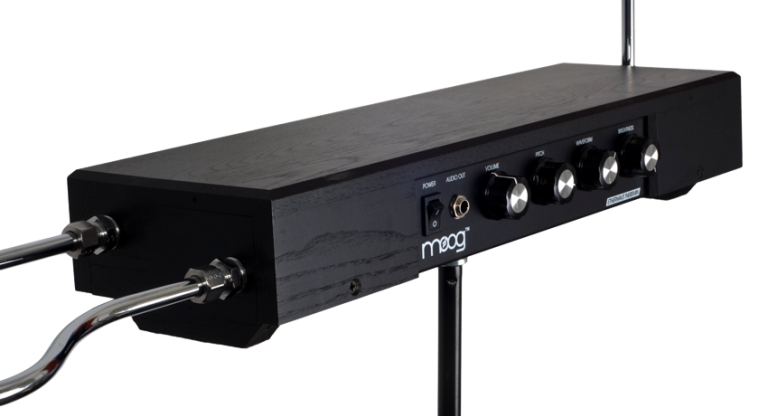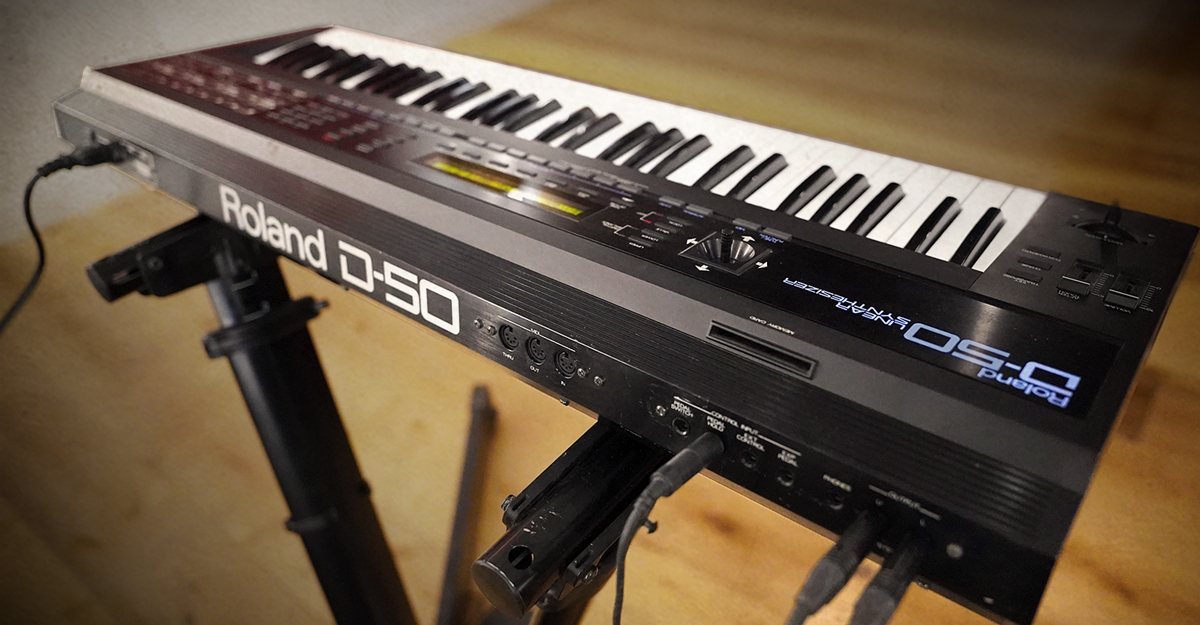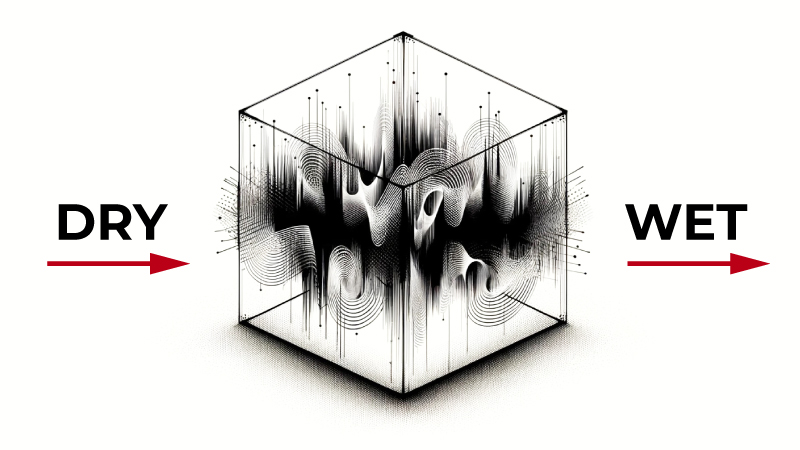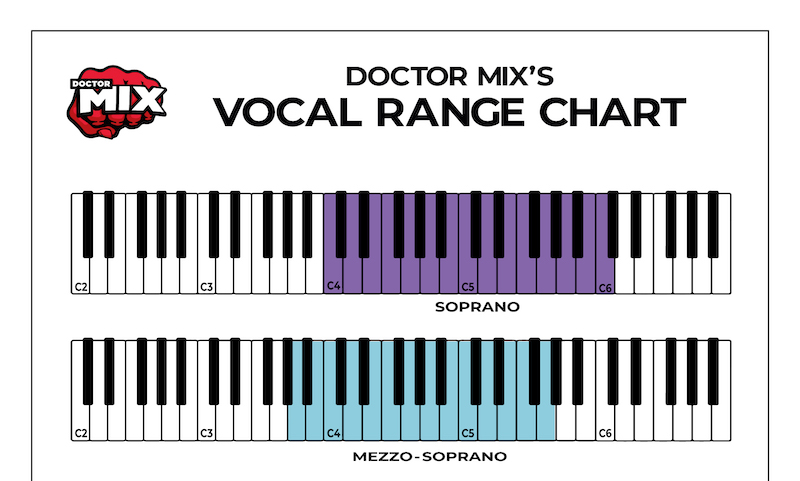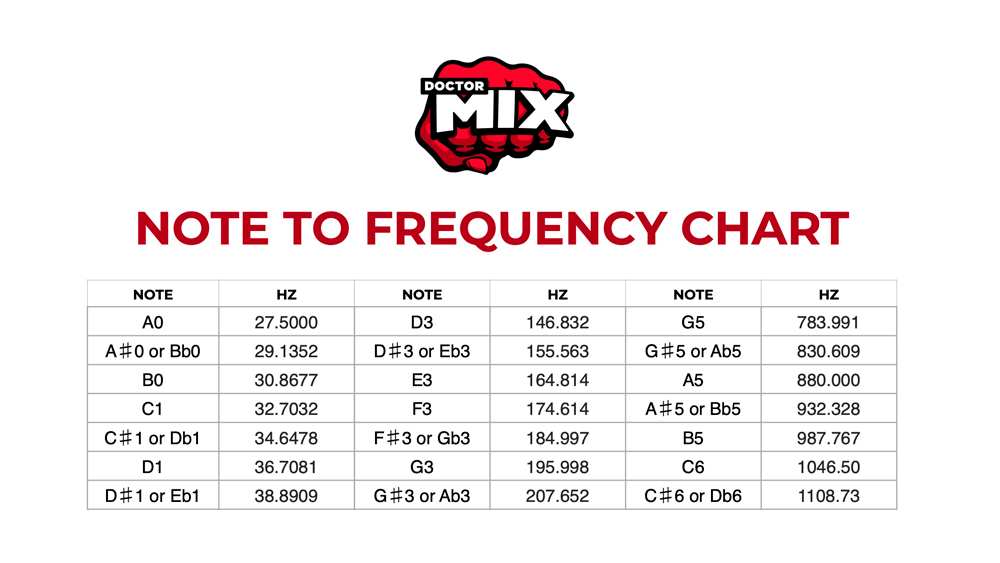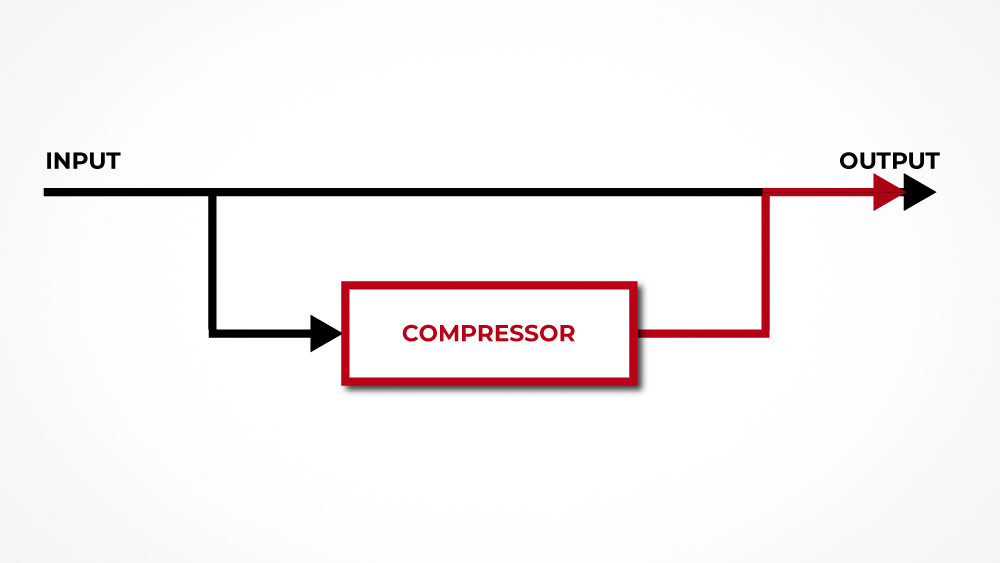How Can I Make My Mixes Sound Professional?
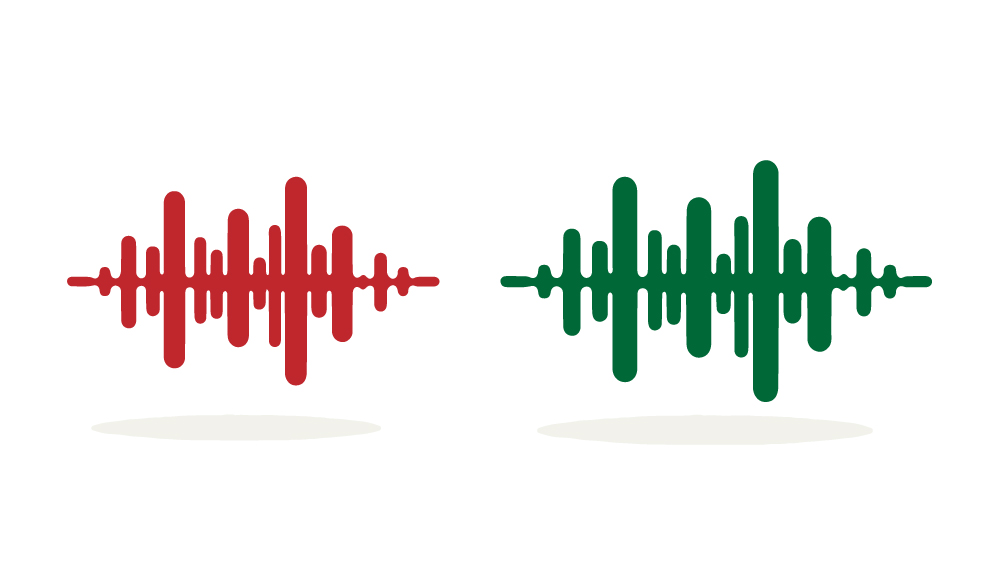
Navigating the music industry as an independent artist often means competing with the superior sound quality of larger labels, despite having a fraction of their budget. While composing music may be straightforward, mastering professional mixing techniques and achieving a sound that rivals any major release is a complex challenge.
In this article, I’ll share the professional mixing techniques that I’ve relied on for years to produce high-quality, credible music. These strategies are designed to help you refine your sound with professional mixing techniques, ensuring your music holds its own against bigger names in the industry.
There’s no silver bullet for it, but there are methods used by expert sound engineers to get mixes to sound professional. We’ll try to explain a few of those professional mixing techniques and methods in this article.
1. Balancing Your Mix: A Professional Approach

Make sure you have a clear idea of where your sound is going. Start by listening to tracks of artists you like, in the same genre as your track. Analyse their balance. How loud are the drums compared to the vocals? How do the keyboards and guitars compare? Rock might have quieter vocals than Pop. Hip Hop could feature a louder Kick Drum than Jazz. With that reference, analyse your material. How does each instrument contribute to your song’s “story”? Identify the key elements. Decide what should be at the forefront and what should stay back. Analyse the work of successful artists before breaking the rules.
2. Resolving Frequency Clashes
Give each element its own space to be heard. Mixes can become “muddy” from frequency clashes, often in the low-mids and bottom end. Ensure different instruments aren’t fighting for the same frequency. If keyboards take up low-mids, push guitars towards high-mids. Establish a hierarchy in the audible spectrum. Sometimes, removing confusing elements can clarify and enhance the mix.
3. Controlling the Bottom End for Professional Sound
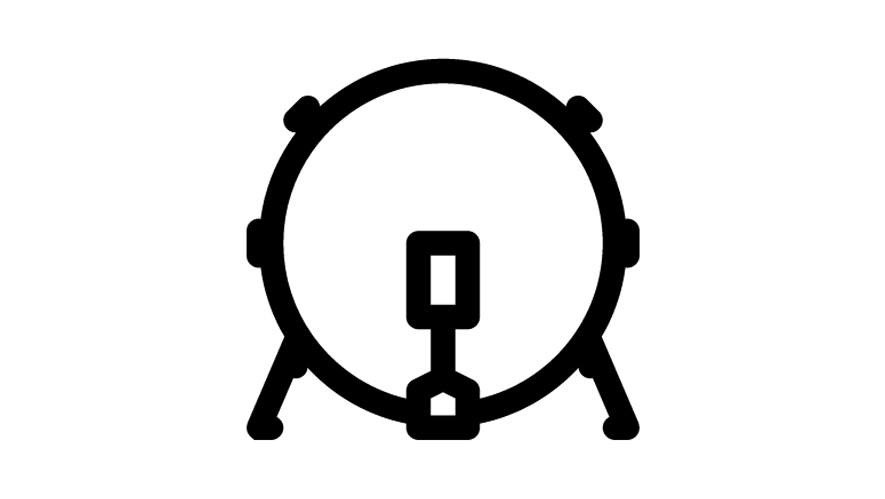
The low end is crucial for credibility. A weak low end makes competing hard. For most music, keep the bottom end (100Hz and below) clear for the kick and bass. Filter out low frequencies from other instruments. Then, focus on the kick and bass. You may use parallel compression to reinforce them. Adjust the EQ to avoid conflicts. Understanding below 80Hz can be tricky without good speakers and an acoustically treated room. Good headphones are very helpful with a less ideal setup.
4. Using Effects Wisely in Professional Mixing
Use effects wisely. Avoid overusing big reverbs. Effects can add space and stereo width, making a mix sound “larger-than-life”. But, they can also sound generic if not personalized. Tweak, EQ, filter, chorus, and widen effects to make them unique. Subtlety in volume is key. Learn control before breaking the rules with effects.
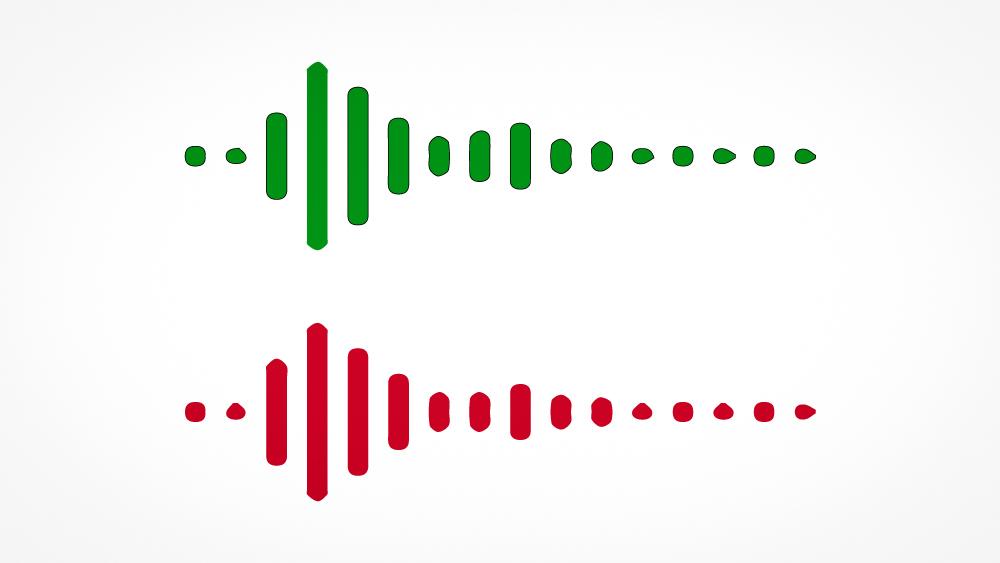
5. A/B Mixing in Professional Sound Engineering
Comparing your mix against existing releases is crucial. Use a plugin like Sample Magic’s Magic AB for accurate A/B testing. Ensure your mix is as loud, clear, and punchy as the reference. Your track should seamlessly follow others on the radio. Cross-referencing helps more than mixing in isolation.
6. Enhancing a mix with Saturation
Bedroom recordings often lack energy. Saturation can add character and assertiveness. Many plugins offer saturation, including Cubase’s Quadrafuzz V2, Sound Toys’ Decapitator, and Izotope’s Ozone. Tubes and tape are great for saturation. DAWs also have native plugins for this purpose. Use saturation wisely to enhance vocals, bass, drums, and keyboards.
![]()
Final thoughts: Analyse and practice the techniques of great music producers. Your mixes will improve by understanding and applying professional mixing techniques.
Related Articles:
How Can I make My Mixes Louder
https://staging.doctormix.com/blog/how-can-i-make-my-mixes-louder/
10 Golden Rules For Professional Mixes:
https://staging.doctormix.com/blog/how-to-make-my-mix-sound-professional-10-golden-rules/
Love,
Claudio & The Doctor Mix Team

